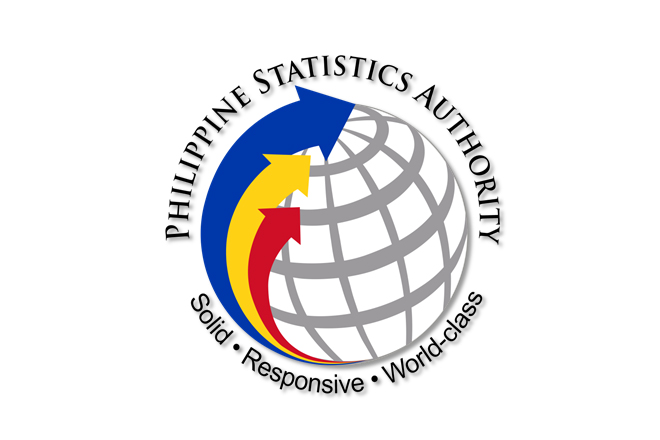Philippines reported record trade gap of $4.02b in December
February 9, 2018
The Philippines reported a record deficit of $4.02 billion in December from year-ago figures of $2.47 billion as exports declined by 4.9 percent and imports grew 17.6 percent, the Philippine Statistical Authority ( PSA) said Friday. Exports went down to $4.72 billion from $4.97 billion in December 20167 while imports increased to $8.74 billion from $7.43 billion during the same period last year, the PSA added. In a statement, Socioeconomic Planning Secretary Ernesto Pernia said: “We need to effectively respond to market trends and consumer preferences worldwide to drive more demand for Philippine-made products.” This can be done by gathering timely and relevant information on emerging demands in potential markets through the help of diplomatic posts and trade attachés, the Cabinet official added. Intensified market research and tighter linkages with businesses, malls and shopping centers abroad would help increase the visibility of Philippine export products. “To drive exports growth, we are also looking at maximizing trade agreements with countries in the region,” Pernia said. Pernia said export volumes may increase especially for banana, coconut, and other agricultural produce by negotiating tariff structures and implementing free trade agreements to bring down tariffs levied on Philippine agricultural exports in major export markets. Export decline was caused by decreases in four out of the top 10 commodities. The PSA said these were in coconut oil (-56.7 percent), ignition wiring set and other wiring sets used for vehicles, aircraft and ships (-27.1 percent), other manufactured goods (-24.4 percent) and other metal components (-3 percent). Import demand was seen in mineral fuel, lubricants and other related materials (61.8 percent), miscellaneous manufactured articles (26.6 percent), electronic products (20.3 percent), telecommunications equipment (18.2 percent), iron and steel (17.9 percent), metalliferous ores and metal scrap (14.3 percent) and transport equipment (3.8 percent). Hong Kong was the top export market for Philippine goods, or 16.7 percent followed by the US, which has 13.9 percent share of total export. Japan was the third main export market, with 13.5 percent share followed by China, 11 percent and Singapore, fifth with 6.9 percent. China was the biggest source of imports, with 18.9 percent followed by South Korea, with 10.7 percent and Japan, drawing 6.8 percent. DMS
Latest Videos
- THE UNTOLD STORY EXPERT INSIGHTS INTO THE UKRAINE
- NEGOTIATING A NEW ORDER US RUSSIA TALKS ON UKRAIN
- Ukraine: A Pawn in the Geopolitical Game? Will Trump Intervene?
- US VP VANCE CRITICIZES EUROPEAN DEMOCRACIES AT MUNICH SECURITY CONFERENCE
- UNCOVERING THE WEB OF DECEIT: CIA INFILTRATION OF THE MEDIA
- SHIFTING SANDS: TULSI GABBARD’S CONFIRMATION AND THE EVOLVING GLOBAL LANDSCAPE
- FAUCI SCANDAL: A THREAT TO GLOBAL HEALTH AND DEMOCRACY






